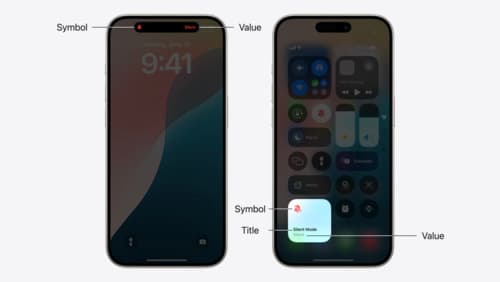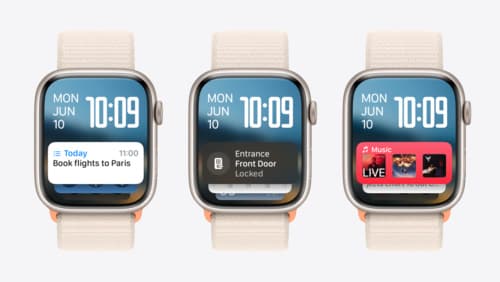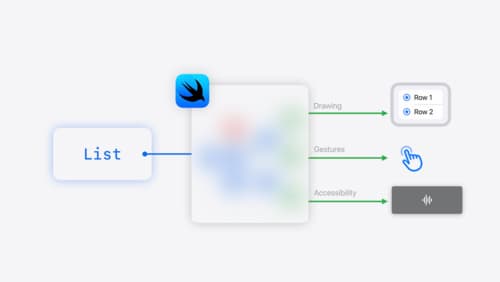listformatter
Asked on 2025-03-25
1 search
It seems like you're interested in the ListFormatter or related list functionalities. Based on the context provided from the WWDC sessions, here are some relevant details:
-
UIKit Enhancements: In the session titled "What’s new in UIKit," there are several improvements related to lists. For instance, UI collection view list sections and UITableViews now have the list environment trait set, which helps in styling cells appropriately. There are also new constructors for list cell, list header, and list footer configurations that automatically update their appearance based on the list environment trait. This can simplify your code when working with lists. You can learn more about these improvements in the List improvements chapter of the session.
-
SwiftUI Lists: In the "SwiftUI essentials" session, lists are highlighted as a powerful tool for view composition. SwiftUI's declarative syntax allows for easy creation and customization of lists, including the use of view modifiers to add features like swipe actions. This is discussed in the Fundamentals of views chapter.
-
SwiftUI Containers: The session "Demystify SwiftUI containers" discusses the flexibility of SwiftUI lists, including the ability to compose different kinds of content together using techniques like
ForEachviews. This is covered in the Composition chapter.
If you have a specific question about list formatting or need more detailed information, feel free to ask!

Extend your app’s controls across the system
Bring your app’s controls to Control Center, the Lock Screen, and beyond. Learn how you can use WidgetKit to extend your app’s controls to the system experience. We’ll cover how you can to build a control, tailor its appearance, and make it configurable.

What’s new in watchOS 11
Explore new opportunities on Apple Watch, including bringing Double Tap support to your watchOS app, making your Smart Stack widgets even more relevant and interactive, and displaying your iOS Live Activities in the Smart Stack.

SwiftUI essentials
Join us on a tour of SwiftUI, Apple’s declarative user interface framework. Learn essential concepts for building apps in SwiftUI, like views, state variables, and layout. Discover the breadth of APIs for building fully featured experiences and crafting unique custom components. Whether you’re brand new to SwiftUI or an experienced developer, you’ll learn how to take advantage of what SwiftUI has to offer when building great apps.
